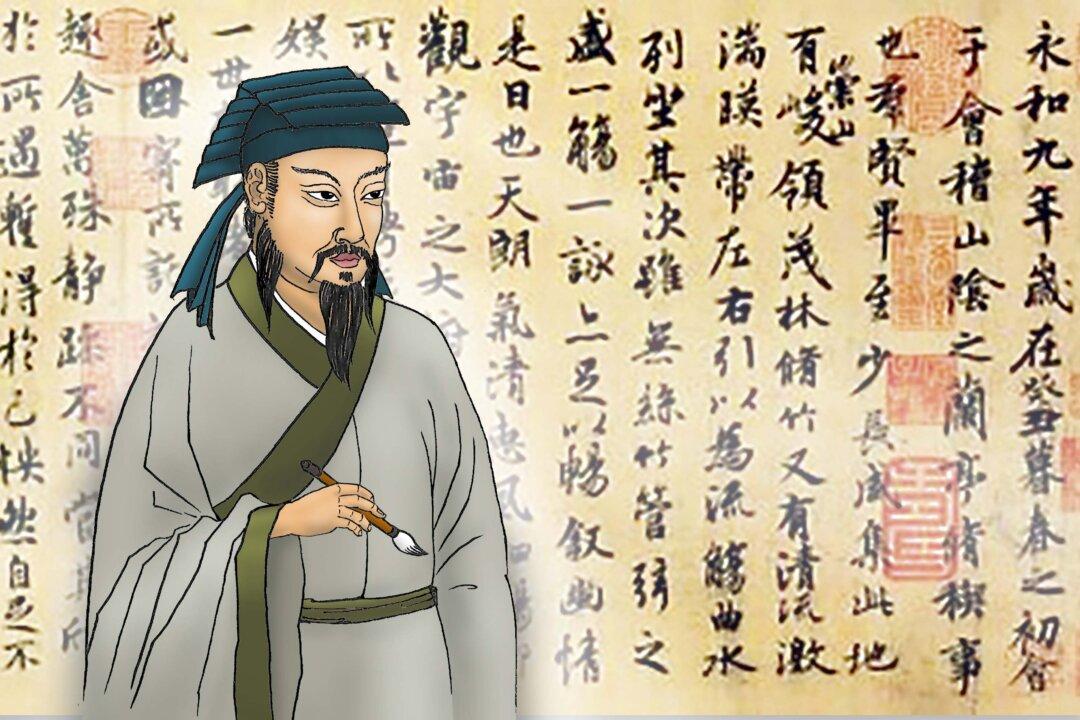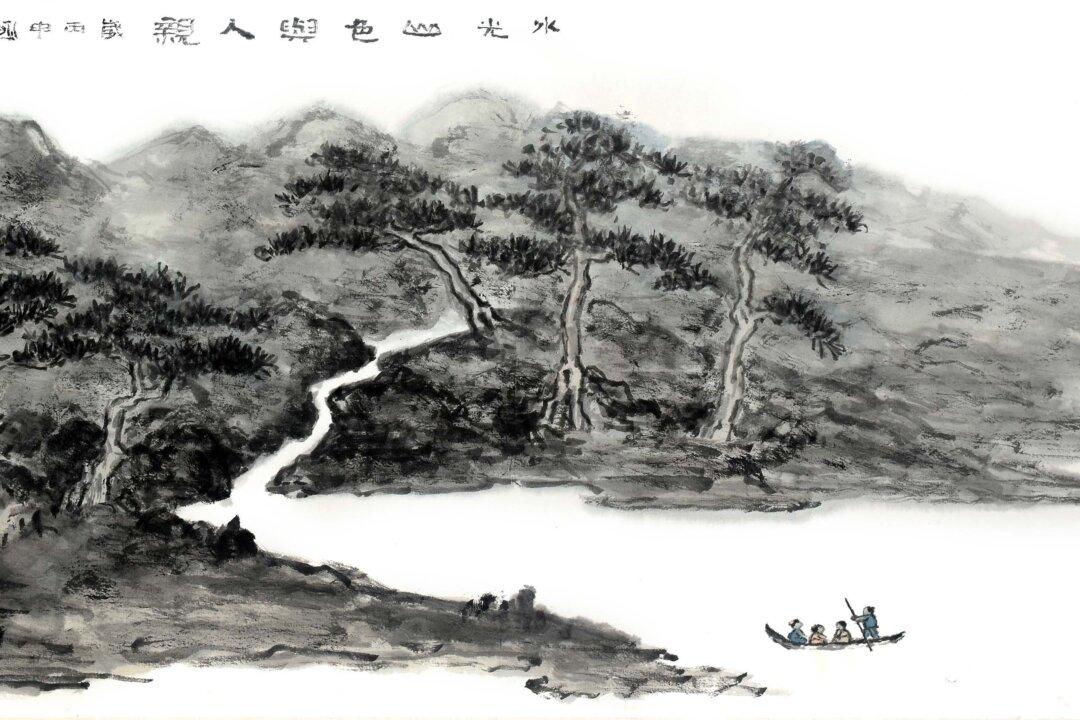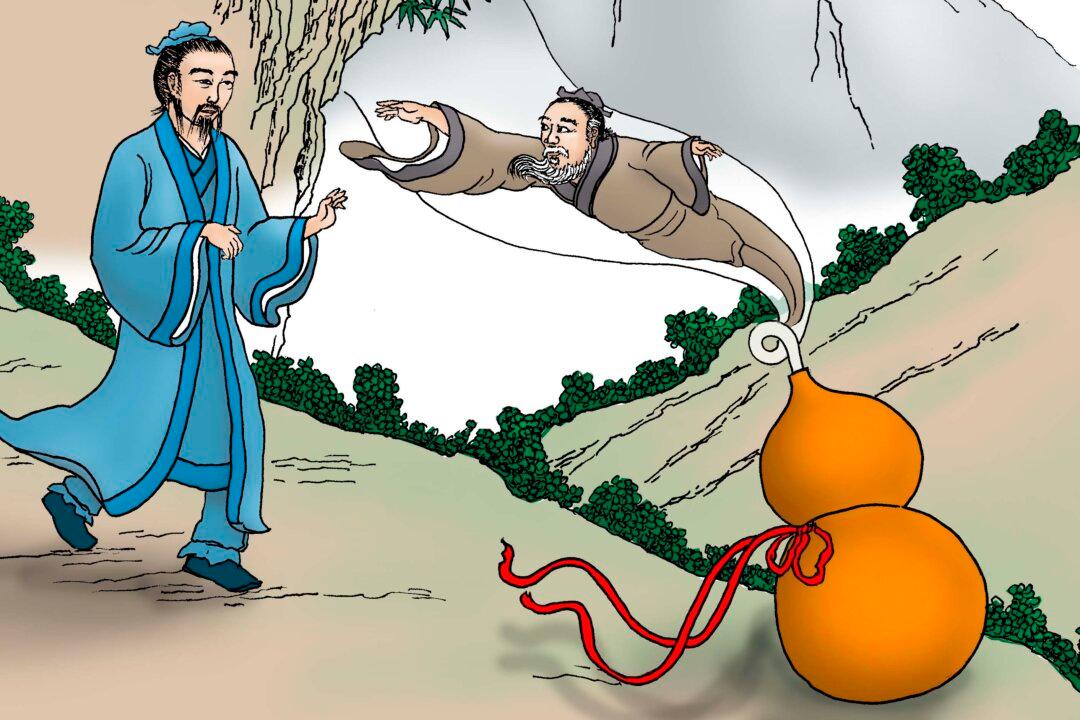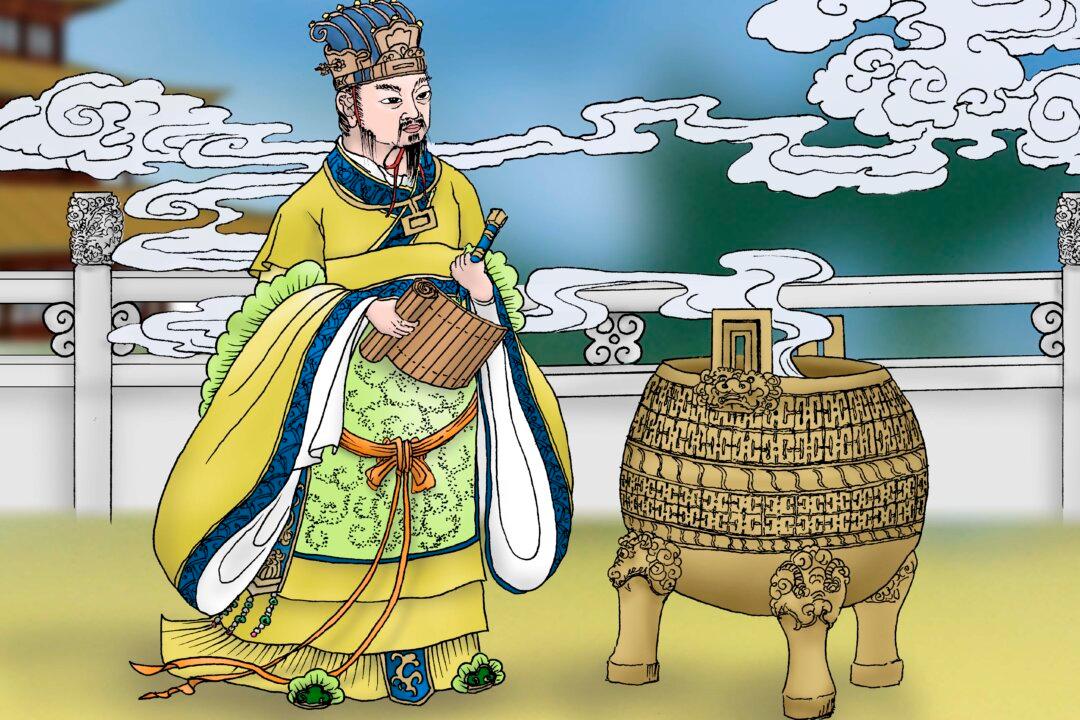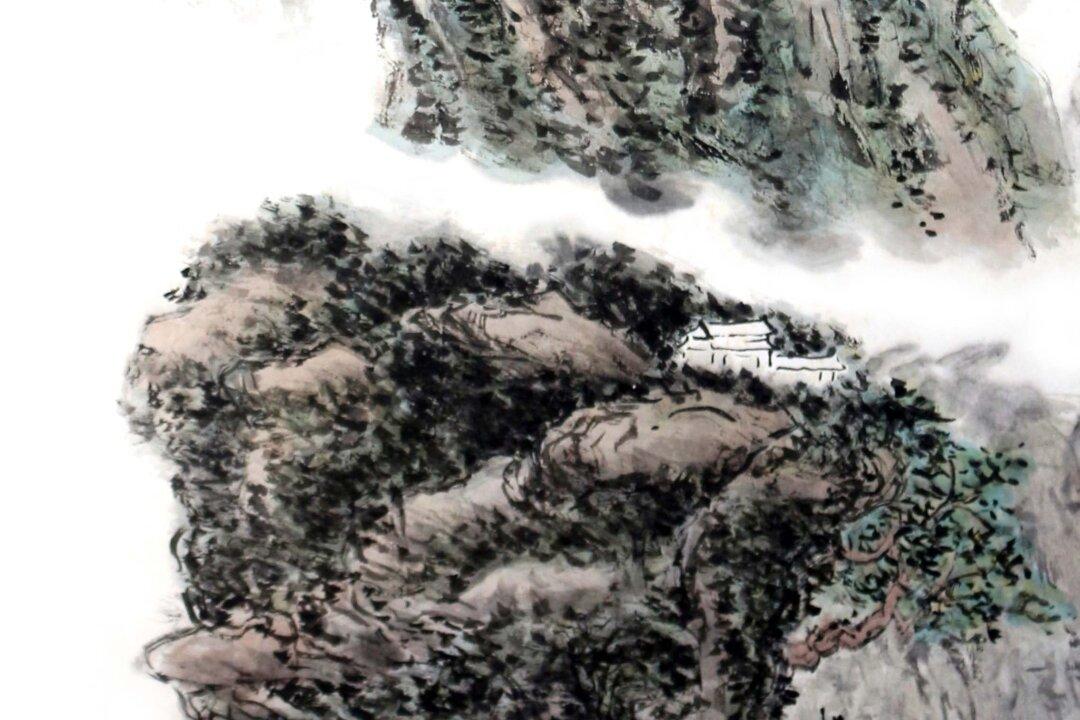The greatest work of Chinese calligraphy written in the semi-cursive style is the “Preface to the Poems Composed at the Orchid Pavilion”, also known as “Lanting Xu” or “Lantingji Xu”.
On the third day of the third Chinese calendar month in the year A.D. 353 during the Eastern Jin Dynasty, 41 literati gathered at the Orchid Pavilion (Lanting) on Mount Kuaiji (present-day Shaoxing in Zhejiang Province) for the Spring Purification Festival*. Among the literati were Wang Xizhi, Xie An, and Sun Chuo.

